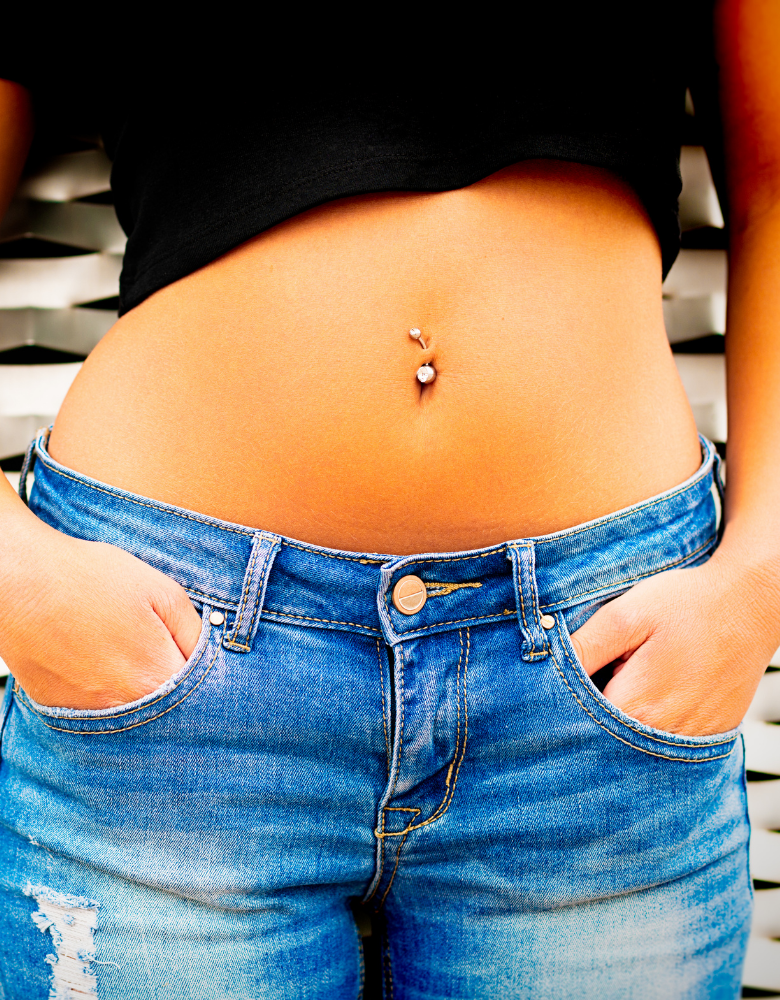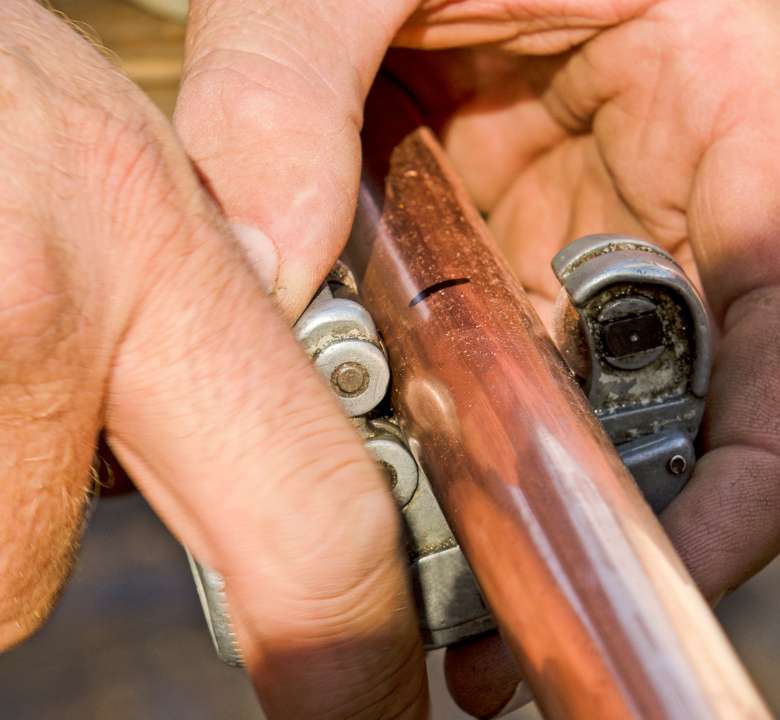
Poetry and the Strength of Words
Poetry is art. It is the practice of words. There are many types of art: verbal audio, physical, gestural, and so on. Literary prose and poetry, like narrative, for example, are examples of vocal art.
Types of Poetry
The many styles and rhythms comprise the art of sound. Drawing, painting, printing, and sculpture are all visual or plastic arts. Additionally, dance is one of the many forms considered to be sign arts. Based on an older definition, these artistic expressions are “silent poetry.” Sure enough, the many art forms express the imagination of humans and their technical abilities. It is crucial to remember that poetry without art is not possible. Mario Quintana, a Brazilian poet, once said, “all arts are different manifestations of poetry.”
Poetry is Expression
Therefore, poetry is an expression of creativity expressed in various ways, not just through poetry. Poetry is among the most ancient literary terms of humankind. In the early world, people performed poetry with instrumental accompaniment using flutes or the lyre. Thus the name “lyric poetry.” The words’ sounds as well as the rhythms of verses from the musicality of the poem. The poem is full of cadences, rhythms, and sounds that express the deepest feelings and emotions.
Poetry is Rhythm
When we read a poem aloud, we can see the rhythm. Repetition is the foundation of rhythm. The act of reading aloud is known as interpretive reading. The poet has a variety of sources for the creation of rhythm. They can use the length of poetic lines or verses and rhymes (identity of sounds at the ends of words). A poet can also use the accent for intense vowel sounds X weak syllables. Likewise, the poet can use repeating vowel sounds for assonances or consonant clusters for alliterations. Not to mention the resemblance of vowels, the strophic mix, and more.



